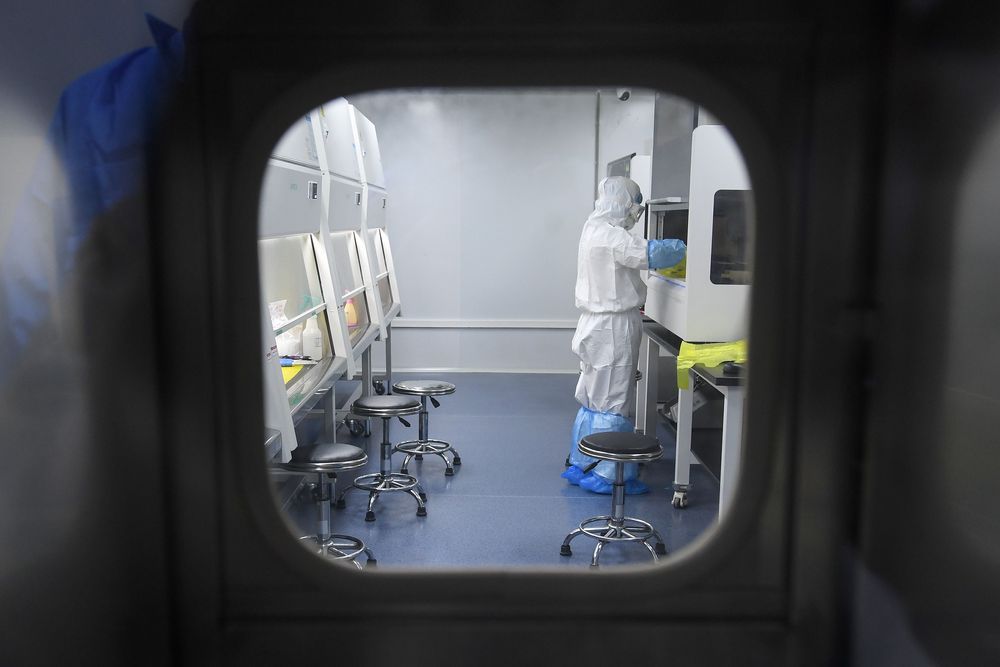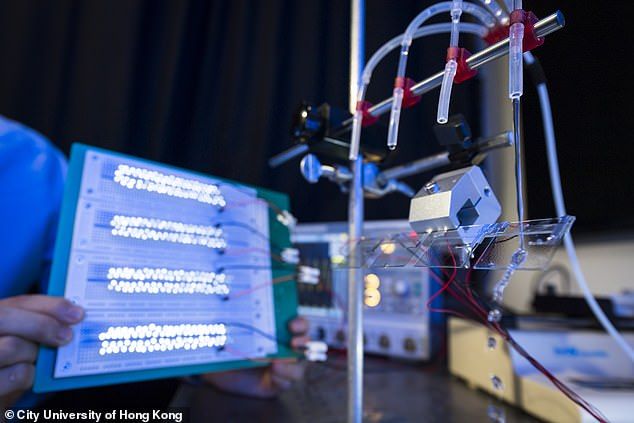Global shipping has dropped off, and exporters are warning that refrigerated container (reefer) shortages pose major problems for food trade. Soil is even wetter than last year in US Midwest, presaging a difficult — and potentially catastrophic — 2020 season. UK is under water. China is shutdown. Australia reported record low crops. Grow food. Store it. Prepare for a limited collapse of our food system.
FULL SHOW NOTES:
SUPPORT THE SHOW:
http://patreon.com/iceagefarmer
http://paypal.me/iceagefarmer
JOIN THE CONVERSATION:
http://iceagefarmer.com/discord
IAF RESOURCES:
⇒ GDD: Growing Degree Days tool: how much colder has 2019 been for you?
http://iceagefarmer.com/gdd
⇒ IAF Wiki — read history, understand cycles, know what’s coming:




 © Provided by Daily Mail Light wave readings taken at the IRAM 30-meter telescope in Granada, Spain (pictured above) helped scientists detect signatures of molecular oxygen in the Markarian 231 galaxy, the first time the compound has been… For the first time ever, astronomers have identified molecular oxygen in a galaxy outside the Milky Way.
© Provided by Daily Mail Light wave readings taken at the IRAM 30-meter telescope in Granada, Spain (pictured above) helped scientists detect signatures of molecular oxygen in the Markarian 231 galaxy, the first time the compound has been… For the first time ever, astronomers have identified molecular oxygen in a galaxy outside the Milky Way.


